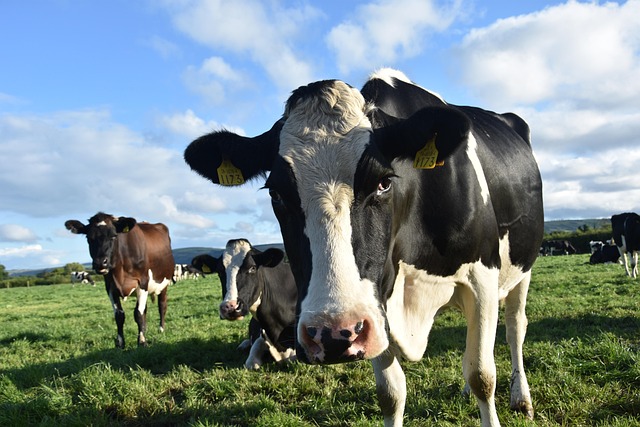CEEZAD News Updates and Press Releases 2025
(sorted newest to oldest)
Thursday, April 3, 2025
The Scoop on K-State interview with Dr. Richt
Thursday, March 25, 2025
A year later, cow flu origins are an unsettling puzzle
When U.S. Department of Agriculture (USDA) officials reported one year ago today that the H5N1 avian influenza virus had infected dairy cattle in Texas and Kansas, it seemed a freak event—a rare confluence of factors that somehow allowed a bird virus to infect cows.
Wednesday, February 19
KSU recognizes Dr. Juergen Richt for research excellence
The Director of the Center of Excellence for Emerging and Zoonotic Animal Diseases (CEEZAD) and the Center on Emerging and Zoonotic Infectious Diseases (CEZID) has been named one of two winners of Kansas State University’s “Roots of Research” award for 2025.
Saturday, February 8, 2025
New bird flu variant found in Nevada dairy cows has experts sounding alarms: ‘We have never been closer to a pandemic from this virus’
The disclosure that dairy herds in Nevada have been infected by a version of the H5N1 bird flu not previously seen in cows has put virologists and researchers on high alert. Among other things, the news from the Nevada Department of Agriculture suggests that driving the virus out of the U.S. cattle population won’t be nearly as simple as federal officials once suggested—or perhaps hoped.
Thursday, February 6, 2025
New bird flu variant in cattle adds to concerns about federal response under Trump
A variant of H5N1 bird flu that has circulated widely in wild birds — and in several instances led to severe illness in humans — has turned up in dairy cattle for the first time.